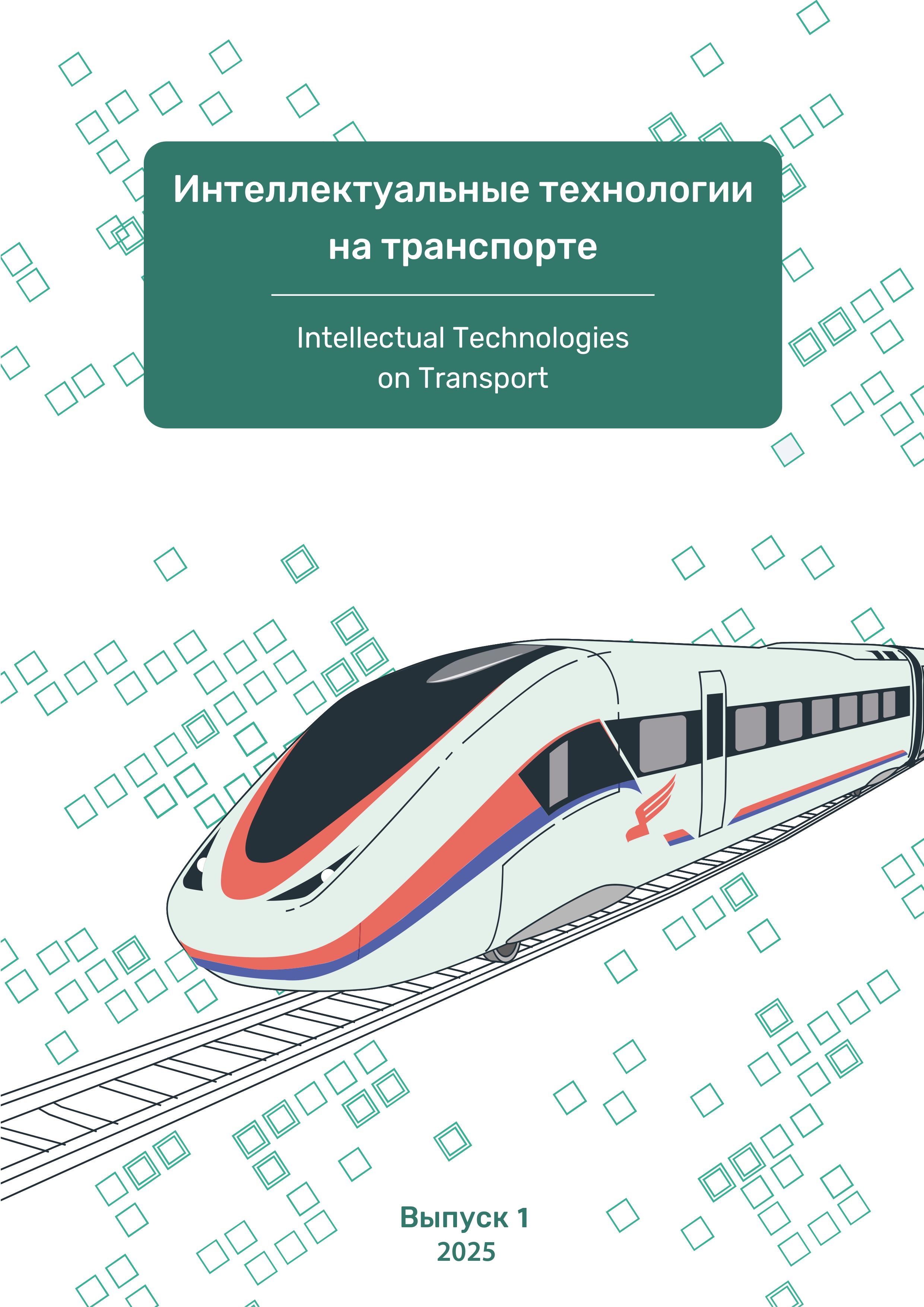Russian Federation
Mozhaisky Military Aerospace Academy (Department of Mathematics and Software, Professor)
Russian Federation
Russian Federation
VAK Russia 1.2.2
UDC 004
With the advancement of unmanned aerial vehicles (UAVs), ensuring an object’s precise positioning has become one of the key challenges especially in environments with limited or no satellite signals. Purpose: to conduct a comparative analysis of Real-Time Kinematic (RTK) and Precise Point Positioning (PPP) methods to evaluate their effectiveness under various UAV operational conditions. Results: the study revealed that RTK provides high real-time accuracy when a base station is available making it suitable for tasks requiring rapid analytics, such as in urban agglomerations. In contrast, PPP enables autonomous positioning and is better suited for remote areas, though it requires an initialization period to achieve high accuracy. The comparison showed that both methods have unique advantages and limitations that define their applicability in different usage scenarios. Practical significance: the study’s findings can be used to optimize the selection and implementation of positioning systems in various industries, such as cartography, logistics, and environmental monitoring enhancing the efficiency and reliability of UAV operations. Discussion: further refinement of these methods is recommended to improve their effectiveness and expand their applications including integration with modern UAV control systems.
UAV routing, GNSS, DGPS, RTK, PPP, correction signals, precise positioning
1. Chang Y., Cheng Y., Manzoor U., Murray J. A Review of UAV Autonomous Navigation in GPS-Denied Environments, Robotics and Autonomous Systems, 2023, Vol. 170, Art. No. 104533, 23 p. DOI:https://doi.org/10.1016/j.robot.2023.104533. EDN: https://elibrary.ru/NKXPZO
2. Al-Shaery A. M., Lim S., Rizos C. Investigation of Different Interpolation Models Used in Network-RTK for the Virtual Reference Station Technique, Journal of Global Positioning Systems, 2011, Vol. 10, No. 2, Pp. 136–148. DOI:https://doi.org/10.5081/jgps.10.2.136.
3. Angelino C. V., Baraniello V. R., Cicala L. UAV Position and Attitude Estimation Using IMU, GNSS and Camera, Proceedings of the 15th International Conference on Information Fusion, Singapore, July 09–12, 2012. Institute of Electrical and Electronics Engineers, 2012, Pp. 735–742.
4. Gao Z., Zhang H., Ge M., et al. Tightly Coupled Integration of Multi-GNSS PPP and MEMS Inertial Measurement Unit Data, GPS Solution, 2017, Vol. 21, Iss. 2, Pp. 377–391. DOI:https://doi.org/10.1007/s10291-016-0527-z. EDN: https://elibrary.ru/HFPETH
5. Gao Z., Ge M., Li Y., et al. Odometer, Low-Cost Inertial Sensors, and Four-GNSS Data to Enhance PPP and Attitude Determination, GPS Solutions, 2018, Vol. 22, Iss. 3, Art. No. 57, 16 p. DOI:https://doi.org/10.1007/s10291-018-0725-y. EDN: https://elibrary.ru/YBEDAG
6. Lipanov I. D., Khomonenko A. D. Technologies and Methods for Planning the Movement of UAVs Along Waypoints, Intellectual Technologies on Transport, 2024, No. 3 (39), Pp. 30–43. DOI:https://doi.org/10.20295/2413-2527-2024-339-30-43. (In Russian) EDN: https://elibrary.ru/BOPRZL
7. Ge M., Gendt G., Rothacher M. et al. Resolution of GPS Carrier-Phase Ambiguities in Precise Point Positioning (PPP) with Daily Observations, Journal of Geodesy, 2008, Vol. 82, Iss. 7, Pp. 389–399. DOI:https://doi.org/10.1007/s00190-007-0187-4. DOI: https://doi.org/10.1007/s00190-007-0208-3; EDN: https://elibrary.ru/UOKGRF
8. Geng J., Teferle F. N., Meng X., Dodson A. H. Towards PPP-RTK: Ambiguity Resolution in Real-Time Precise Point Positioning, Advances in Space Research, 2011, Vol. 47, Iss. 10, Pp. 1664–1673. DOI:https://doi.org/10.1016/j.asr.2010.03.030. EDN: https://elibrary.ru/OEFNIZ
9. Geng J., Guo J., Meng X., Gao K. Speeding Up PPP Ambiguity Resolution Using Triple-Frequency GPS/BeiDou/Galileo/QZSS Data, Journal of Geodesy, 2020, Vol. 94, Iss. 1, Art. No. 6, 15 p. DOI:https://doi.org/10.1007/s00190-019-01330-1. EDN: https://elibrary.ru/ISXEBU
10. Hu J., Zhang X., Li P., et al. Multi-GNSS Fractional Cycle Bias Products Generation for GNSS Ambiguity-Fixed PPP at Wuhan University, GPS Solutions, 2020, Vol. 24, Iss. 1, Art. No. 15, 13 p. DOI:https://doi.org/10.1007/s10291-019-0929-9. EDN: https://elibrary.ru/DFXCNT
11. Laurichesse D., Mercier F. Integer Ambiguity Resolution on Undifferenced GPS Phase Measurements and Its Application to PPP, Proceedings of the 20th International Technical Meeting of the Satellite Division of The Institute of Navigation (ION GNSS 2007), Fort Worth, TX, USA, September 25–28, 2007. Manassas (VA), The Institute of Navigation, 2007, Pp. 839–848.
12. Li Xing., Li Xin, Yuan Y., et al. Multi-GNSS Phase Delay Estimation and PPP Ambiguity Resolution: GPS, BDS, GLONASS, Galileo, Journal of Geodesy, 2018, Vol. 92, Iss. 6, Pp. 579–608. DOI:https://doi.org/10.1007/s00190-017-1081-3. EDN: https://elibrary.ru/RXONXQ
13. Liu Y., Song W., Lou Y., et al. GLONASS Phase Bias Estimation and Its PPP Ambiguity Resolution Using Homogeneous Receivers, GPS Solutions, 2017, Vol. 21, Iss. 2, Pp. 427–437. DOI:https://doi.org/10.1007/s10291-016-0529-x. EDN: https://elibrary.ru/NSERMT
14. Martell H., Roesler G. Tightly Coupled Processing of Precise Point Positioning (PPP) and INS Data, Proceedings of the 22th International Technical Meeting of the Satellite Division of The Institute of Navigation (ION GNSS 2009), Savannah, GA, USA, September 22–25, 2009. Manassas (VA), The Institute of Navigation, 2009, Pp. 1898–1905.
15. Psychas D., Bruno J., Massarweh L., Darugna F. Towards Sub-meter Positioning Using Android Raw GNSS Measurements, Proceedings of the 32nd International Technical Meeting of the Satellite Division of The Institute of Navigation (ION GNSS+ 2019), Miami, FL, USA, September 16–20, 2019. Manassas (VA), The Institute of Navigation, 2019, Pp. 3917–3931. DOI:https://doi.org/10.33012/2019.17077.
16. Zhang B., Chen Y., Yuan Y. PPP-RTK Based on Undifferenced and Uncombined Observations: Theoretical and Practical Aspects, Journal of Geodesy, 2018, Vol. 93, Iss. 7, Pp. 1011–1024. DOI:https://doi.org/10.1007/s00190-018-1220-5. EDN: https://elibrary.ru/WYHOGF










